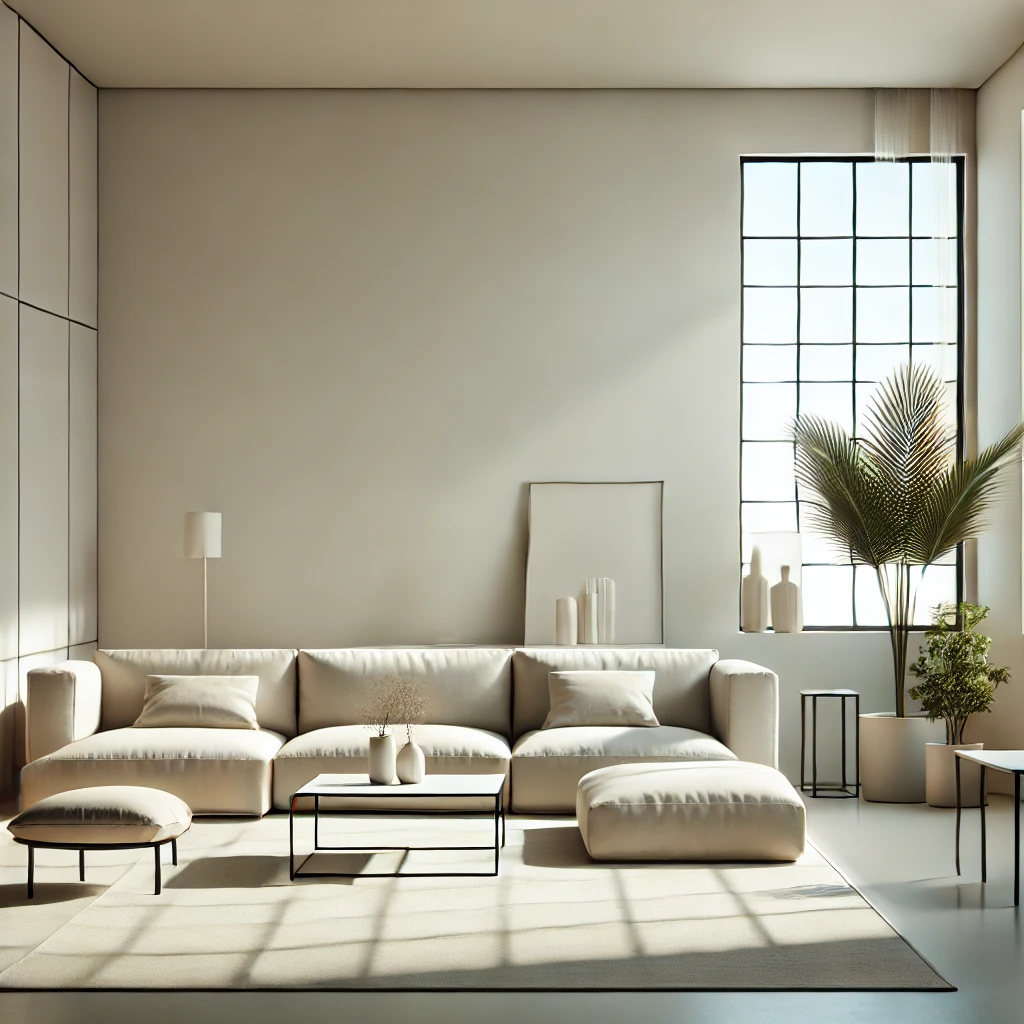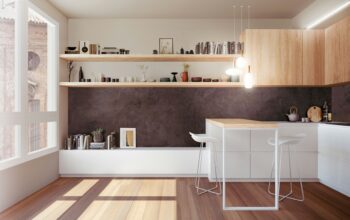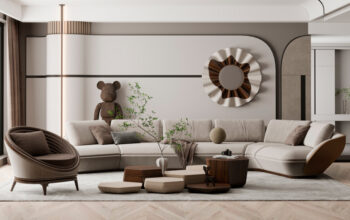Enter a minimalist-designed room, and you can almost feel the serenity. The clutter-free spaces, clean lines, and purposefully placed furnishings speak of living with less. With constant chaos in the world, many have become interested in minimalism to provide peace and simplicity within the home. However, minimalism is not only a design decision; it’s a lifestyle, a whole philosophy that influences interaction with the world.
Architectural and interior designers found a penchant for minimalist design throughout the previous decade. It’s not about the look but how you feel in the space. The style is rooted in the “less is more” principle: it strips away the unnecessary, leaving only what matters. Let’s immerse ourselves in the world of minimalist design: understand why this style is so popular and find out how to apply the principles for making a living space serene and functional.
Core Principles of Minimalist Design
At the core, minimalism is about simplicity, functionality, and purpose. In other words, it is a conscious effort of what one brings into their space. Whereas maximalism is the idea of crowding an area with as much bright color, texture, and object as possible, minimalism aims at paring down distraction and focusing on essentials.
1. Clean Lines and Simplicity: Minimalist spaces are dominated by straight, clean lines in simple forms. There is an emphasis on open space and very little ornamentation. There are no swirls or decorative details—just geometrical shapes that create order.
2. Neutral Colors: Minimalist designs favor neutral palettes—white, beige, gray, and black—to create a calming, serene atmosphere, allowing the space to feel light and airy.
3. Functionality Above All: In minimalist homes, everything serves a purpose. A minimalist living room might feature a sleek sofa, a simple coffee table, and a few well-placed plants or art—nothing more.

Why Minimalist Design is So Popular
Minimalism’s appeal stems from a desire for simplicity in an increasingly complex world. As life becomes more hectic, people seek ways to declutter their living spaces—and, by extension, their minds.
Minimalism is also linked to well-being. Studies show that cluttered environments can cause stress, while clean, organized spaces promote mental clarity. Minimalism helps create environments that foster peace, focus, and mindfulness.
Moreover, minimalism complements sustainability. In a world of overconsumption, minimalists focus on quality over quantity, investing in fewer high-quality, durable pieces instead of disposable items.
Minimalist Design in Architecture
Minimalism is just as vital in modern architecture as interior design. Minimalist architecture is marked by simple forms, open floor plans, and a strong connection between indoor and outdoor spaces.
Consider Mies van der Rohe’s Farnsworth House, an iconic example with floor-to-ceiling windows, clean lines, and an open-plan layout that invites nature into the living space. Its emphasis on natural light and space creates an environment that feels calm and connected to its surroundings.
How to Incorporate Minimalist Design Into Your Home
Inspired by minimalist living? You don’t need to completely overhaul your home. Here are simple steps to bring minimalism into your space:
1. Declutter Ruthlessly: Start by eliminating anything that doesn’t serve a purpose or bring joy. Keep only the essentials and remove anything adding visual clutter.
2. Neutral Tones: Opt for earth tones to create a calm and restful environment. Whites, grays, and beiges are great for minimalist spaces, with subtle pops of color through artwork or textiles.
3. Select Functional Furniture: Choose beautiful yet functional pieces. Consider multi-purpose furniture like beds with storage or a coffee table that doubles as a workspace.
4. Maximize Natural Light: Large windows, sheer curtains, and strategically placed mirrors will brighten your space and make it feel more open.
The Future of Minimalist Design
Minimalism remains a durable and responsive style. Its appeal lies in aesthetic simplicity that promotes mindfulness and intentional living. With sustainability concerns rising, minimalism will continue to influence architecture and design.
Minimalism offers an alternative to excess a way to embrace simplicity and functionality. Whether seeking a peaceful home, sustainability, or a clean, clutter-free space, minimalist design is a powerful tool for creating a space that reflects what matters most.
















